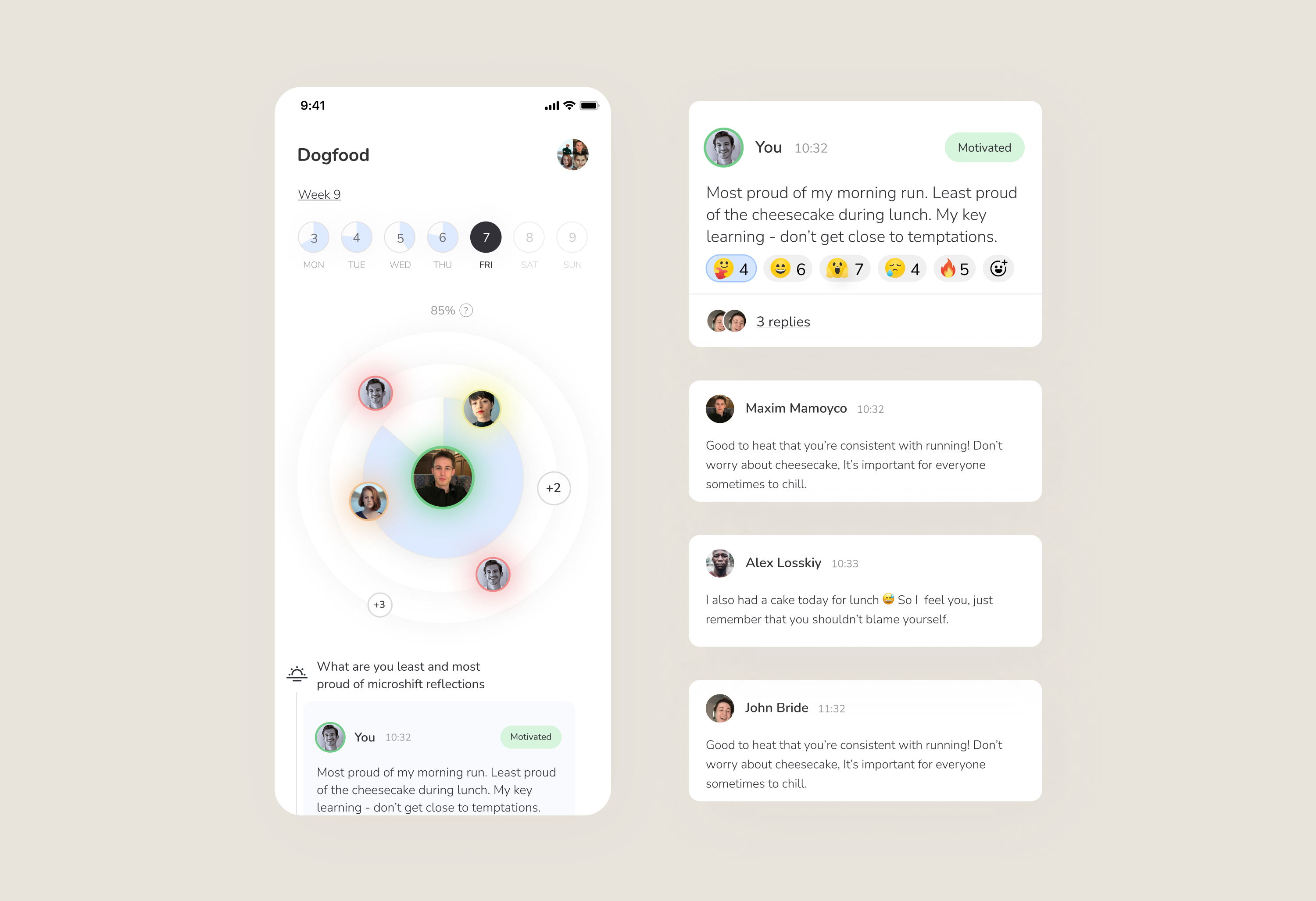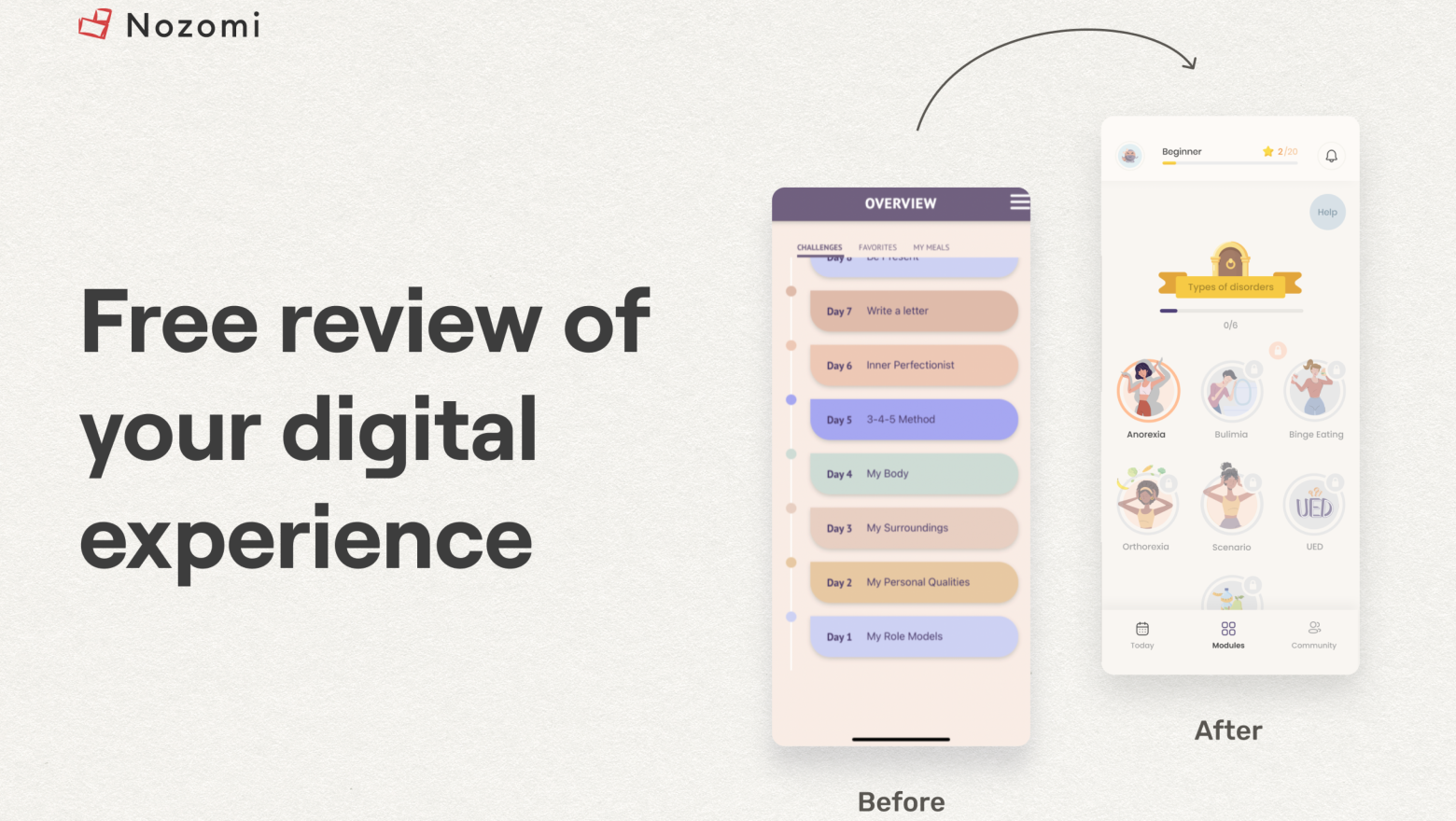We’re big fans of dreaming up new UX mechanics and unusual features in apps.
But our primary goal is to uncover a secret that few other developers use, one that can significantly enhance product metrics.
Of course, there are no magic pills. However, there are rigorous studies that test new ways to influence a user’s brain within an app.
In today’s article, we decided to delve into such scientific research, apply some of their findings to the development of our apps, and share the insights with you.
Insights on what retention techniques you can currently use in your apps 🙂
By the way, before we dive into our article, for keeping track of emerging trends in the mobile healthcare industry, you can explore our selection of 100 resources about Retention, Engagement, Product Management, UX, Technology, Healthcare market trends, and Product Marketing.
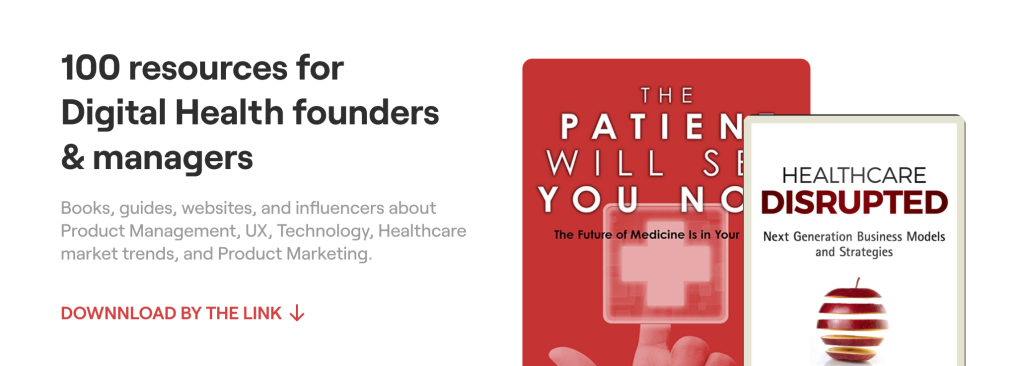
Download List of 100 resources for digital health startup founders & managers
I. Not fix reward, only variable like… Casino
Researchers discovered that habits become stronger when the rewards vary each time you perform the routine.
Just like casinos hook gamblers with the thrill of unpredictable wins, many products harness the power of habit formation to keep users coming back for more. This magic happens through a clever blend of triggers, actions, and, most importantly, variable rewards.
Think about social media platforms. They’re a goldmine of variable rewards. Every time you check your feed, you’re rolling the digital dice. Will your post have more likes? Any new comments? It’s this uncertainty that keeps you scrolling, seeking that dopamine rush when you find something rewarding.
These products start with a trigger – something that prompts you to take action. Maybe it’s a notification on your phone or just boredom. Then, you take the action by logging in or opening the app. Finally, you hit the jackpot (or not) with a variable reward, which could be anything from a funny video that makes you laugh to seeing an increase in your followers.
But here’s the clever bit: not every pull of the digital lever gives you a reward. This unpredictability is what makes the habit stick. Your brain craves the reward, but because it doesn’t come every time, you keep trying, again and again, driving deeper engagement with the product.
You can just add a social media feature like sharing of your success for the digital health app. Look at example from our practice where we built retention features:
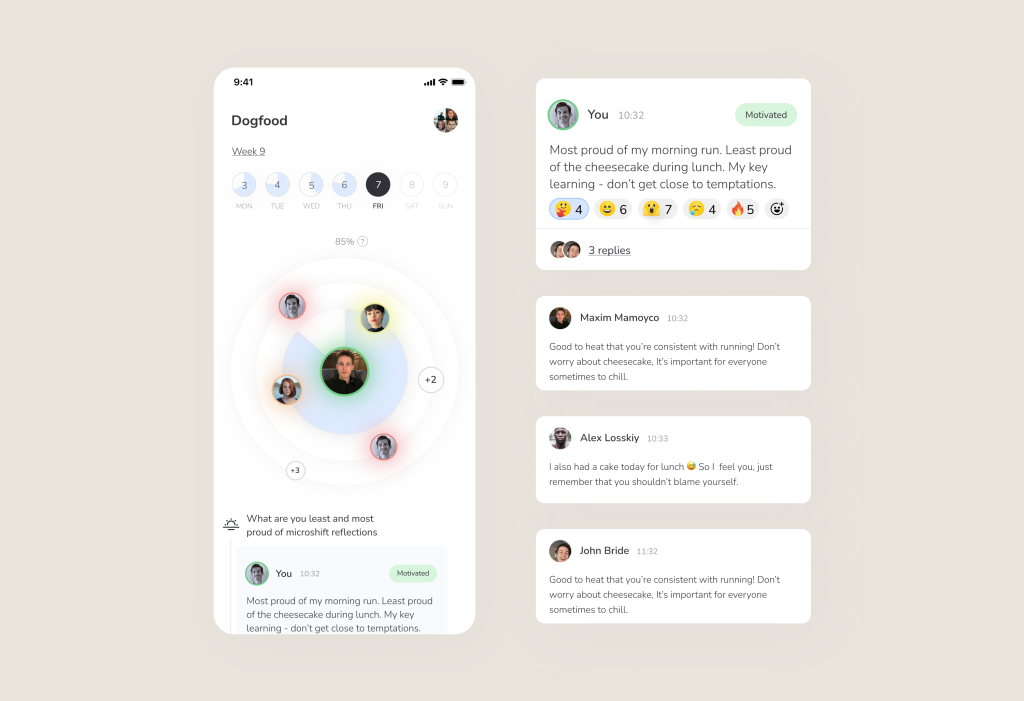
Learn case study how we built retaining mental health app for 2 months
So, products use the science of habit building by creating a loop of trigger, action, and variable reward. It’s a powerful formula that taps into our natural desire for rewards, keeping users engaged and always coming back for more.
II. The Zeigarnik Effect: the brain loves the unfinished
Scientists talk about a well-known effect that TV series creators exploit to keep us glued to our screens all day long…
How to apply this in real life: we’ve already mentioned push notifications – they’re effective. But you can also set reminders indicating that you’re just a hair’s breadth away from completing a certain action.
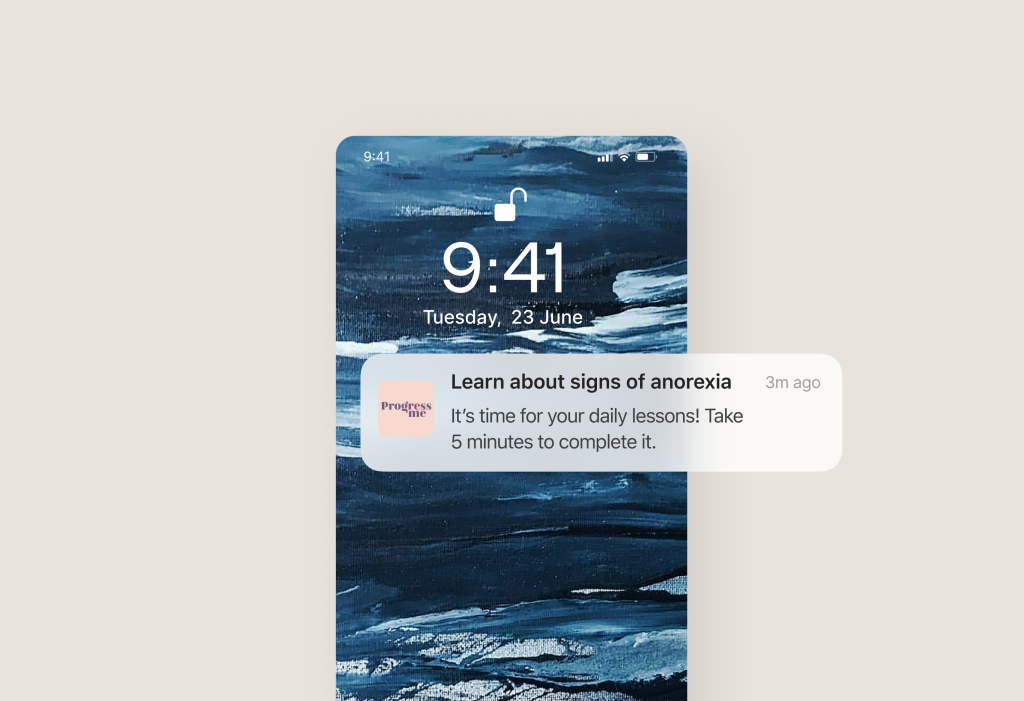
The key is to keep it minimal and preferably quantify it.
That’s why this effect doesn’t apply to long-term commitments.
According to a study by MIT, one major criticism of MOOCs (Massive Open Online Courses) from their inception has been the low completion rates. Critics have highlighted this, even though supporters argue that many enrol for knowledge or personal growth rather than a certificate. Despite this, the critique has persisted.
In the 2017-18 period, only 3.13 percent of all MOOC participants completed their courses, a drop from about 4 percent in the previous two years and nearly 6 percent in 2014-15.
This brings us to ponder why, despite MOOCs solving the accessibility issue—you can join a MOOC anytime, from anywhere with just a smartphone or laptop—and people having plenty of motivation to learn skills that could boost their careers, the completion rates remain so low.
The reason? The courses either feel too lengthy or lack a sense of adventure.
Can MOOCs overcome this challenge? Absolutely. Introducing a time limit on courses can instill a sense of urgency. This explains the rising popularity of cohort-based courses. A live classroom environment, coupled with a tight deadline and a sense of community, shows higher completion rates. Moreover, the higher fees charged by cohort-based courses make dropping out a costly decision.
III. Reducing perceived effort
Have you heard of the Fogg Behavior Model? We discussed it in another one of our research pieces on behavioral design related to Retention. You can read it here.

Image Credits: The Fogg Behavior Model
But to put it simply, the creator of this model suggested a great way to increase Retention: just tell the user how much time they need to spend daily/weekly to achieve their goals.
That’s because if you don’t tell them, they might unconsciously think it’ll take an hour. But a few minutes? That sounds doable 🙂
Going even further, let’s take a commitment from them to perform these actions through a contract:
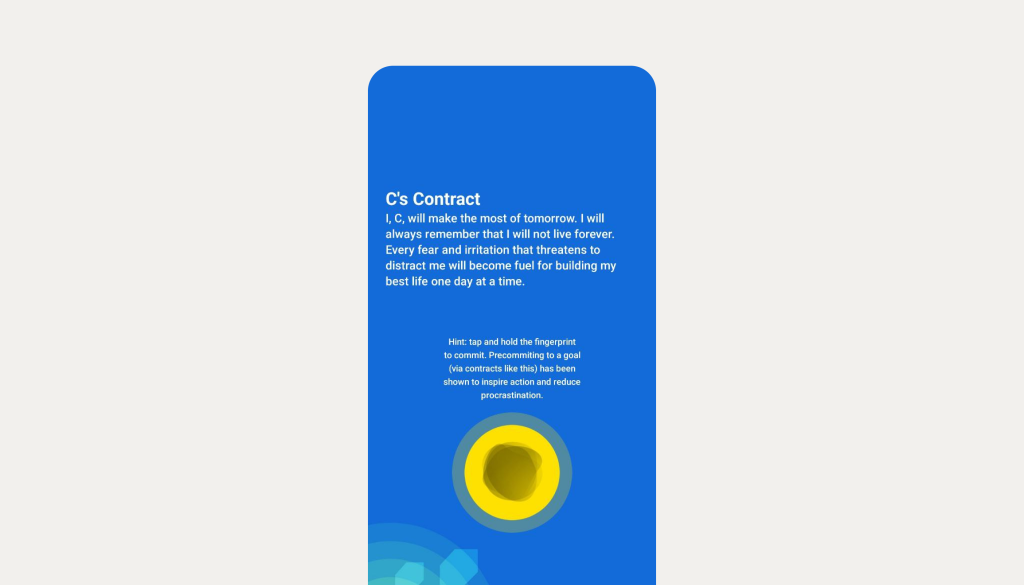
Source: Fabulous
Based on Fogg’s insights, we’ve crafted motivation and made action-taking simpler.
IV. Tribe Mentality
Ever found yourself quitting the gym because you just couldn’t muster up the motivation? Imagine, though, if you were prepping for a competition and hitting the gym was part of your training plan. Suddenly, motivation isn’t such a problem anymore.
Researchers have pointed out that the highest retention rates are seen in environments that foster a sense of community. We all crave that feeling of belonging to something bigger than ourselves.
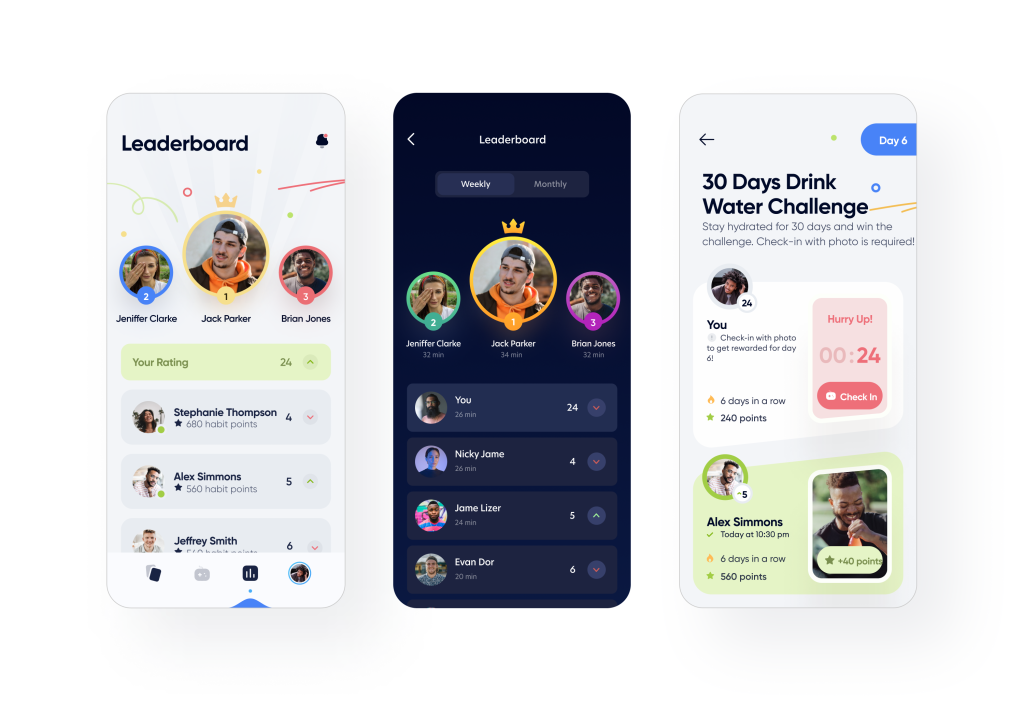
Take CrossFit enthusiasts, for example. They’re not just committed to their workouts; they’re part of a community. They attend CrossFit gatherings and are always encouraging friends to join them. It’s this sense of community that keeps them coming back, not just the workout itself.
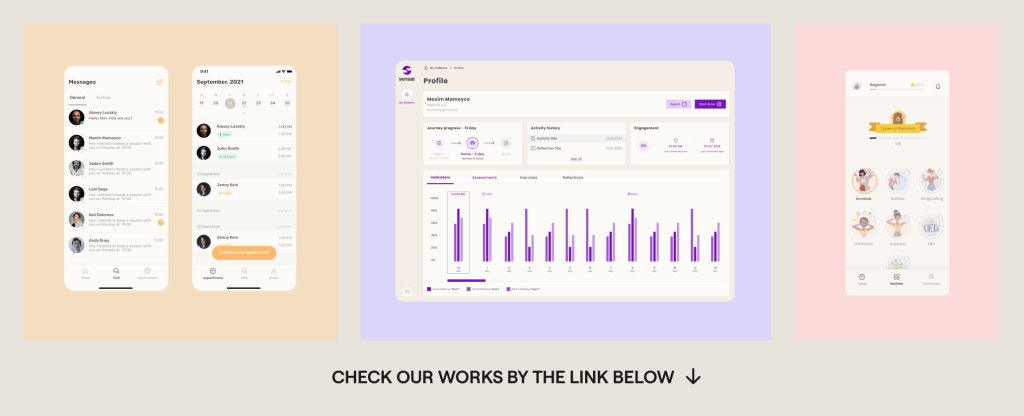
If you are interested about our experience check our portfolio with case studies: https://studio.nozomihealth.com/work
Or write to us now on m@nozomihealth.com and we will discuss how we can help ensure that your product brings real benefits


